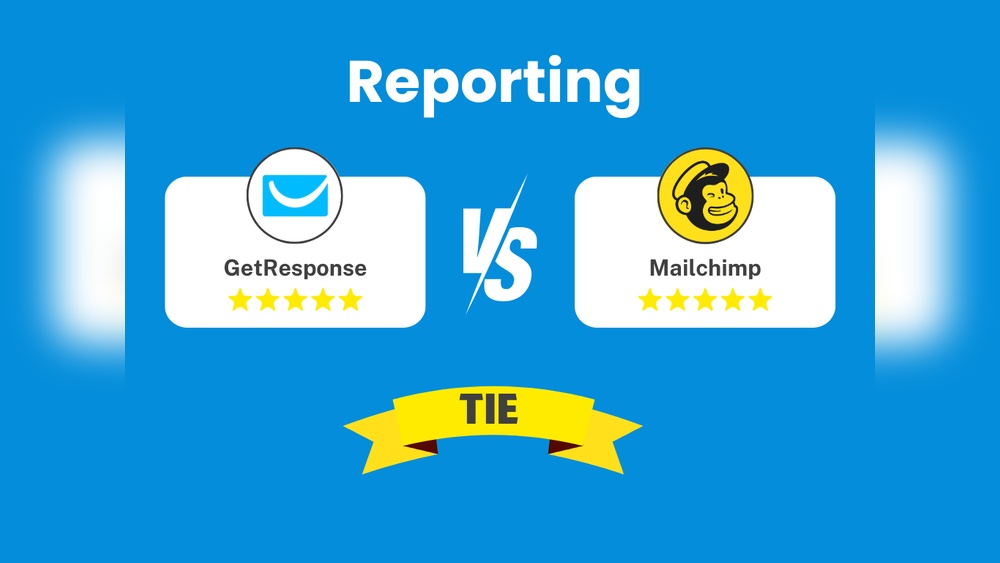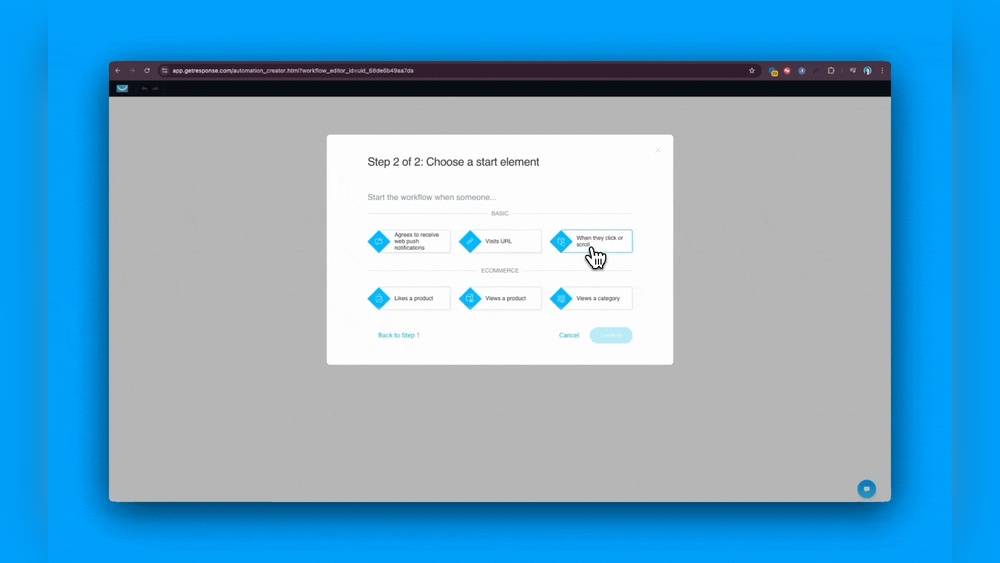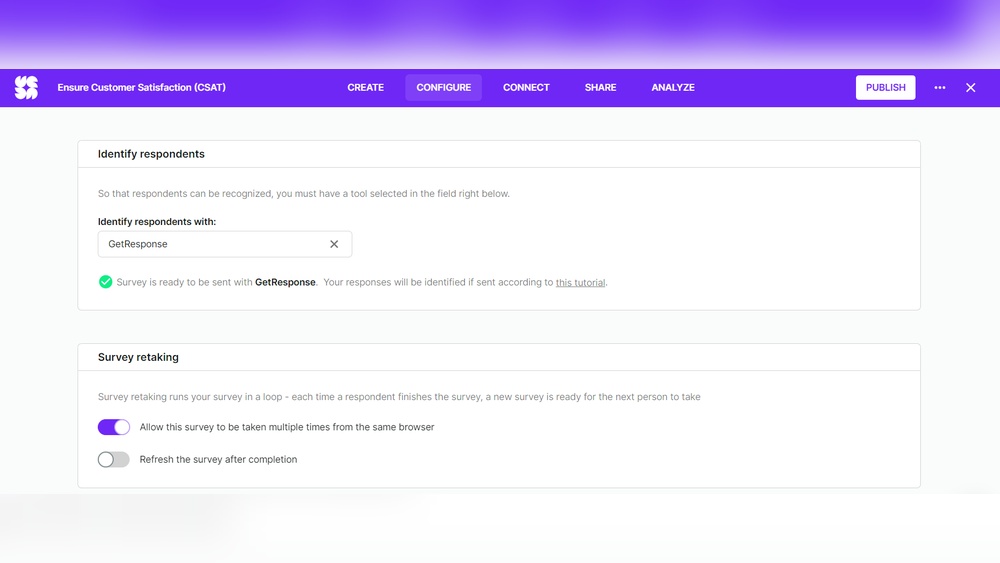You open your email and there it is—another marketing email that you almost delete without a second thought. What made you stop?
What made you click? Crafting an effective marketing email is both an art and a science. It’s about understanding what grabs attention and what turns it away. This isn’t just another task on your to-do list; it’s an opportunity to connect, engage, and make a lasting impression.
In this guide, you’ll discover the secrets to creating marketing emails that not only reach inboxes but also resonate with your audience. Ready to transform your email strategy and see real results? Let’s dive in.
Crafting Compelling Subject Lines
Crafting compelling subject lines boosts email marketing success. Short, clear, and intriguing lines grab attention instantly. Keep it simple and relevant to increase open rates and engage the audience.
Crafting compelling subject lines is crucial for effective marketing emails. They are the first thing your audience sees. A good subject line grabs attention. It encourages the reader to open the email.A poorly crafted subject line may lead to your email being ignored. Let’s explore techniques to make your subject lines stand out.Using Action-oriented Language
Action words create urgency. They prompt readers to act. Words like “discover,” “learn,” or “explore” inspire curiosity. They engage the reader’s interest.Use verbs that suggest action or benefit. For instance, “Save big today” or “Start your journey now.” These phrases motivate readers to open your email.Incorporating Personalization
Personalization makes the reader feel valued. Use the recipient’s name in the subject line. It creates a connection.For example, “John, check out our latest offers.” This approach increases open rates.Mentioning personal interests also boosts engagement. “Your favorite gadgets are on sale!” speaks directly to the reader.Personalization shows you understand your audience. It enhances the email’s relevance and impact.
Credit: www.constantcontact.com
Building Engaging Content
Creating effective marketing emails involves crafting engaging content. The goal is to capture the reader’s attention and drive action. Every word should feel purposeful. The content must resonate with the audience. This section explores how to build engaging email content. Let’s dive into structuring the email body and using visuals effectively.
Structuring The Email Body
Start with a strong opening line. Grab the reader’s interest immediately. Use short sentences and simple language. Break up text into small paragraphs. Each paragraph should focus on one idea. This makes it easy to read and understand. Use bullet points for lists. They help organize information neatly.
Include a clear call to action. Tell the reader what to do next. Use persuasive language. Make it clear and direct. Position the call to action prominently. It should stand out in the email body.
Using Visuals Effectively
Visuals enhance the email’s appeal. Choose images that support the message. They should be relevant and high-quality. Use graphics to break up text. Visuals can make information easier to digest.
Limit the number of images. Too many can distract the reader. Balance text and visuals for a clean look. Ensure images load quickly. Slow loading can frustrate recipients. Optimize image size for faster loading.
Consider using infographics. They can present complex information visually. Infographics are engaging and easily shareable. Use them to illustrate key points. They can make your email more memorable.
Understanding Your Audience
Understanding your audience is key to crafting effective marketing emails. Tailor your message to their needs and preferences. Speak directly to them to engage and build trust.
Understanding your audience is the cornerstone of creating effective marketing emails. Imagine receiving an email that speaks directly to your interests and needs. Wouldn’t you be more likely to engage with it? Crafting such personalized content starts with truly knowing who your audience is. This is where segmentation and tailoring come into play.Segmentation Techniques
Segmentation is all about dividing your audience into smaller, manageable groups. Picture this: You’re organizing a birthday party. You wouldn’t serve the same cake to everyone, especially if some guests have dietary restrictions. Similarly, your audience has diverse preferences and needs.Start by collecting data on your subscribers. Use simple tools like surveys or track their behavior on your website. This data helps you create segments based on demographics, purchase history, or engagement levels.Consider a small business owner who noticed that her customers fell into two categories: bargain hunters and premium seekers. By segmenting her email list accordingly, she was able to send tailored offers that resonated with each group, boosting her sales significantly.Tailoring Content To Audience Needs
Once you’ve segmented your audience, it’s time to tailor your content. Think of yourself as a chef creating a menu for a diverse crowd. You wouldn’t serve spicy food to someone who prefers mild flavors. Similarly, your emails should cater to your audience’s specific interests.Create content that addresses their needs and solves their problems. If you’re aware that a segment of your audience is interested in eco-friendly products, highlight your green initiatives in your emails.A friend of mine runs a fitness brand. She discovered that her customers were keen on quick workout tips. She began sending brief, effective routines via email. Her open rates soared, and she established a stronger connection with her audience.Ask yourself: What do your subscribers care about? What challenges do they face? Use this insight to craft emails that are not just informative but also meaningful.By understanding your audience, you transform your emails from generic messages into valuable communications that foster loyalty and engagement. How will you change your approach to connect with your audience more effectively?Designing For Mobile Optimization
Designing for mobile optimization is crucial in modern marketing emails. With more people checking emails on smartphones, your emails must look good on smaller screens. Mobile optimization ensures your message reaches everyone effectively. Poorly optimized emails can lead to lost engagement. Let’s explore the key aspects of designing emails that work well on mobile devices.
Responsive Design Principles
Responsive design adjusts the layout based on screen size. Use flexible grids and images that adapt to any device. Avoid fixed widths. They cause content to overflow on small screens. Use media queries to apply different styles for different devices. This approach keeps your emails looking great on any screen size. Make buttons large enough for easy tapping. Small buttons frustrate mobile users.
Testing Across Devices
Testing ensures your emails display correctly on various devices. Check how your emails look on both Android and iOS. Use tools that simulate different screen sizes. This helps identify any issues that need fixing. Test emails in different email clients like Gmail and Outlook. Each client may render emails differently. Pay attention to font sizes. Too small fonts can be hard to read on mobile screens.
Utilizing Call-to-action Strategies
Crafting marketing emails with strong call-to-action strategies boosts engagement. Clear action steps guide recipients effortlessly, enhancing interaction. Engage readers with direct language and captivating prompts.
Creating effective marketing emails is crucial to capturing your audience’s attention and driving conversions. One essential component of any successful email campaign is the Call-to-Action (CTA). It’s the bridge between your content and the desired outcome. Whether you’re aiming for sales, sign-ups, or downloads, mastering CTA strategies can significantly boost your email’s performance.###Placement Of Call-to-actions
Where you place your CTA can make or break your email’s success. Imagine reading an email where the CTA is buried at the end, almost as an afterthought. You might miss it entirely, right?Position your CTA prominently, preferably at the top and repeated at the bottom. This ensures it’s visible whether your reader skims or reads thoroughly.Consider using a button instead of a text link. Buttons draw the eye and can increase click-through rates dramatically. Don’t just assume readers will find your CTA; guide them to it.###Creating Urgency
Urgency can be a powerful motivator. Think about a time you rushed to buy something because the offer was ending soon. It’s a tactic that triggers action.Use time-sensitive language like “limited time offer” or “only a few left” to encourage immediate engagement. But be genuine; false urgency can erode trust.You can also create urgency by highlighting consequences, such as “Act now to secure your spot.” This not only fosters quick action but also creates a sense of importance.Remember, a well-placed, urgent CTA can be the difference between a passive reader and an active customer. Are your CTAs doing their job?
Credit: fastercapital.com
Analyzing Email Performance
Crafting effective marketing emails involves careful analysis of email performance. Focus on open rates and click-through rates to gauge success. Adjust subject lines and content based on this data to engage your audience better.
Analyzing email performance is like holding a magnifying glass to your marketing efforts. It’s about understanding what works and what doesn’t, so you can make smart changes that boost your results. Just like how a chef tweaks a recipe to get the perfect dish, you’ll want to adjust your email strategy based on data insights. Let’s dive into the key metrics that will guide you in this process.Key Metrics To Track
When measuring email success, certain metrics are crucial. Start with the open rate—this tells you if your subject lines are enticing enough.Then, check the click-through rate (CTR). If people are clicking, they’re interested in your content.Also, keep an eye on the conversion rate. This shows how many recipients took the desired action, like making a purchase or signing up for a newsletter.Don’t forget the bounce rate, which indicates how many emails didn’t reach the inbox. High bounce rates mean you need to clean up your email list.Interpreting Data For Improvement
Data is only useful if you know what to do with it. If your open rates are low, consider changing your subject lines to be more engaging or relevant.A high CTR but low conversion rate might suggest your landing page needs improvement. Make sure it’s clear and matches the promise of your email.If you notice a high unsubscribe rate, ask yourself if the content aligns with the audience’s expectations. You might need to refine your targeting.For bounce rates, regularly update your email list to ensure it’s full of active and interested subscribers.Ask yourself—are you testing different strategies? Regular A/B testing can reveal valuable insights into what your audience prefers.Analyzing performance is not just about numbers; it’s about understanding your audience. Are you listening to what the data is telling you?Ensuring Compliance And Best Practices
Crafting marketing emails demands attention to compliance and best practices. Tailor content to audience needs and ensure legal standards are met. Engaging subject lines and clear calls to action boost effectiveness.
Creating effective marketing emails requires more than just catchy headlines and vibrant visuals. Ensuring compliance and adopting best practices is crucial for maintaining your brand’s reputation and maximizing engagement. While creativity can capture attention, compliance secures trust. This balance not only prevents legal headaches but also fosters a loyal subscriber base. Let’s dive into the essentials of ensuring compliance and best practices in your email marketing strategy.Understanding Regulations
Navigating the legal landscape of email marketing can feel daunting. Regulations like the GDPR and CAN-SPAM Act set strict guidelines for how you engage with subscribers.Knowing these rules helps you avoid hefty fines and keeps your emails out of spam folders. For instance, always include a clear unsubscribe option in your emails. This simple act not only complies with regulations but also shows respect for your subscribers’ choices.Are you aware of all the laws affecting your email marketing? It’s important to stay updated. Regularly review your practices against the latest regulatory changes to ensure you’re always compliant.Maintaining Subscriber Trust
Trust is the backbone of successful email marketing. If your subscribers feel valued and safe, they’re more likely to engage with your content. Start by being transparent about how you use their data.Would you trust a brand that hides its intentions? Of course not. Clear communication about data usage builds confidence. Consider including a brief privacy policy link in your emails. It reassures subscribers that their information is secure.Think of your own experiences receiving marketing emails. Which ones kept you subscribed? Likely, those that respected your choices and privacy.In the end, maintaining trust is about respect and honesty. Always prioritize your subscribers’ needs and preferences. This approach not only ensures compliance but also nurtures long-term relationships with your audience.
Credit: www.growave.io
Frequently Asked Questions
How To Make A Good Marketing Email?
Create a compelling subject line to grab attention. Use personalized content to engage your audience. Keep the email concise and focused. Include a clear call-to-action for the next steps. Ensure mobile-friendly formatting for easy reading.
What Are The 5 T’s Of Email Marketing?
The 5 T’s of email marketing are Targeting, Timing, Template, Testing, and Tracking. Target your audience precisely. Send emails at optimal times. Design appealing templates. Test different elements for effectiveness. Track performance metrics to refine your strategy.
What Is The 80/20 Rule In Email Marketing?
The 80/20 rule in email marketing suggests focusing 80% on valuable content and 20% on promotional material. This approach enhances engagement and builds trust, ensuring your audience receives informative and relevant emails, rather than feeling overwhelmed by constant sales pitches.
Balancing content and promotion optimizes open rates and subscriber satisfaction.
Conclusion
Crafting effective marketing emails can boost your business reach. Focus on clear, engaging content. Use a friendly and conversational tone. Personalize your messages for better connection. Keep the design clean and professional. A strong call-to-action encourages responses. Test different strategies to see what works best.
Always analyze your email performance. Learning from results helps improve future campaigns. Remember, the key is consistency. Engage your audience regularly. Build trust and maintain interest. Following these steps can enhance your email marketing success. Keep refining your approach for continued growth.






